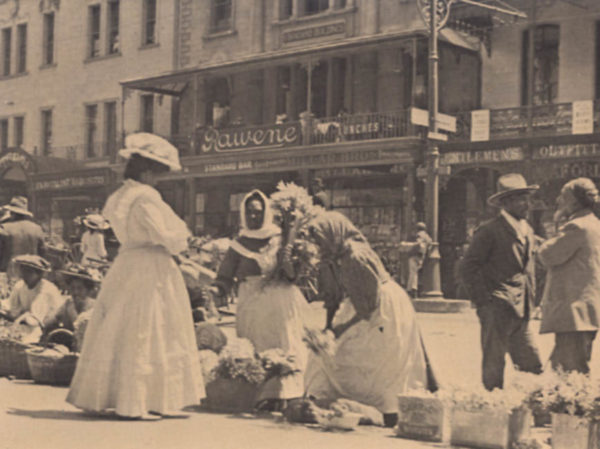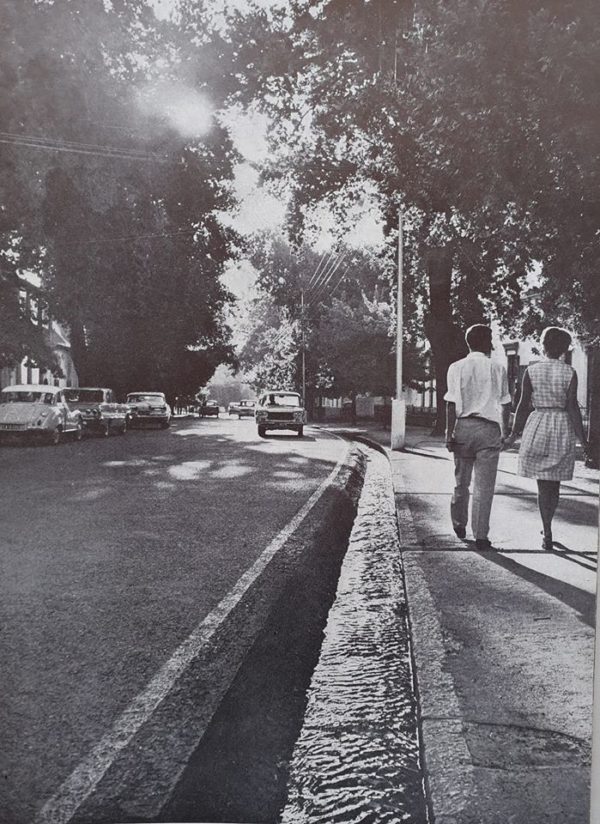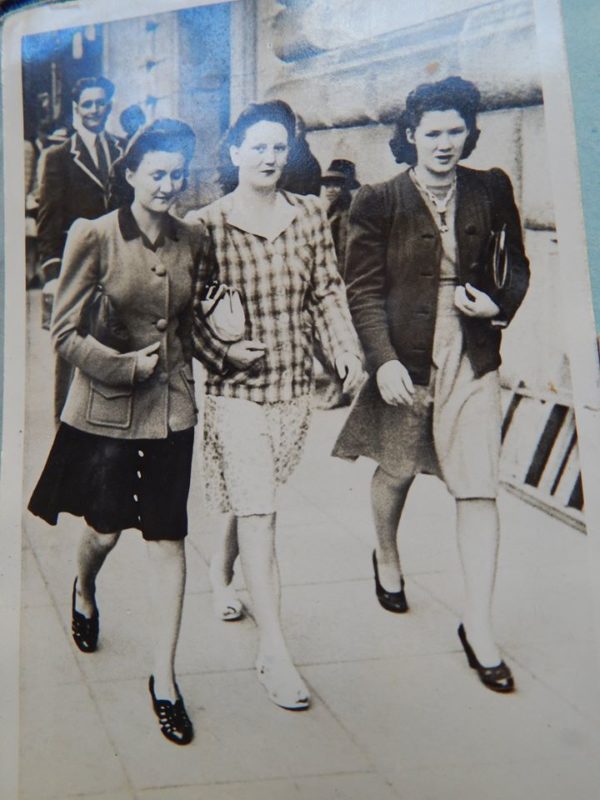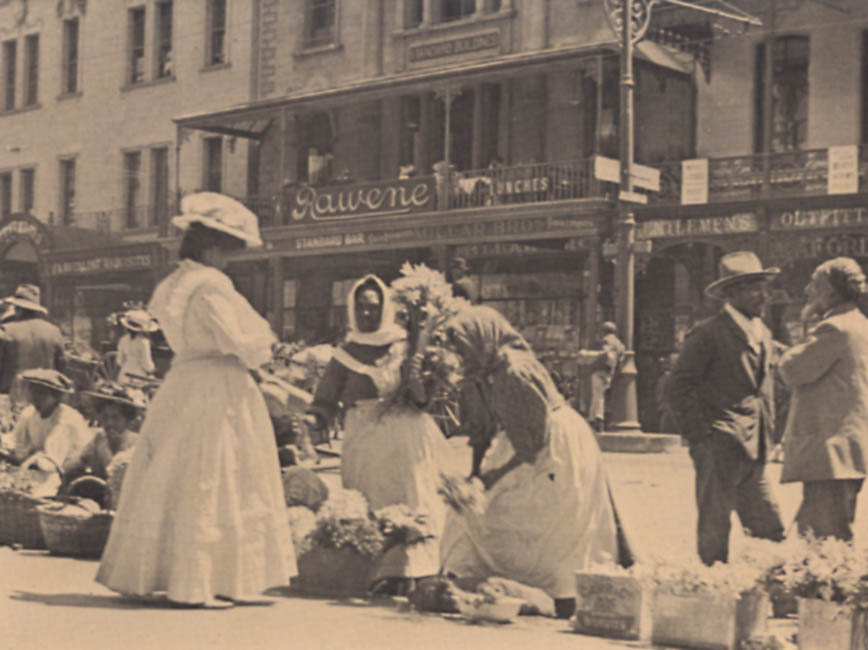Go to any antique or vintage store in Cape Town and chances are, you will find a trunk filled with found photographs. These are pictures that were taken by photographers of yesteryear, and while beautiful, have little to no context to the modern viewer.
More often than not, these found photographs were captured by what were known as pavement photographers.
Pavement photographers were people who captured passersby on the streets, and these pictures were usually taken quickly, without much consideration for focus and composition. Most found photographs were taken in the 60s and 70s, when pavement photographers reached the height of their notoriety.

Many pavement photographers literally set themselves up on the pavements of bustling parts of various South African cities, and did this as an additional income stream. Oftentimes, the subject would not know that they were being photographed, introducing an aspect of voyeurism that was considered acceptable in a by-gone era.

The images taken were often impromptu, and this created a sub-genre of typical street photography. Most subjects were caught simply walking by or in deep conversation with their companions. Pavement photography was meant to capture the essence of a city and document the daily lives of its inhabitants.

Over time, pavement photographers became great people watchers and would begin to more easily recognise which subjects would be more likely to purchase their photographs. They would approach the subject with a ticket stub and attempt to persuade them to stop by the studio later that day to collect their photographs at a fee.
As these photographers thrived during the Apartheid era in South Africa, there are rarely pictures of any race group other than the country’s white populace. Many believed this supported the notion that pavement photography unknowingly expanded into a complex social commentary, not just a point-and-shoot photo opportunity.
Picture: Christopher Murphy/Cape Town Down Memory Lane

